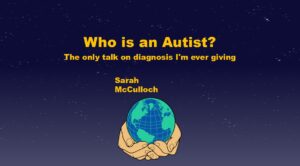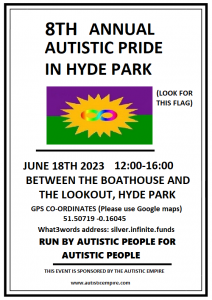Back once again with a brand you episode of Autism and this time Odai and Luke have a discussion with guest Joe Booth in which the 3 of them have a startling and enlightening discussion into living in Specialist accommodation.
Joe was very forward in terms of his experiences, who he is and also some of the failings and pitfalls in regards to carers, set up of residents and the focus on cost over care that some might find alarming.
We hope that you all find this an urgent and enriching episode and we would like to thank Joe for giving some of his time for this recording.
Podcast: Play in new window | Download

 Odai Quaye is an English graduate and one of the founding Citizens of the Autistic Empire. He lives in London.
Odai Quaye is an English graduate and one of the founding Citizens of the Autistic Empire. He lives in London.




